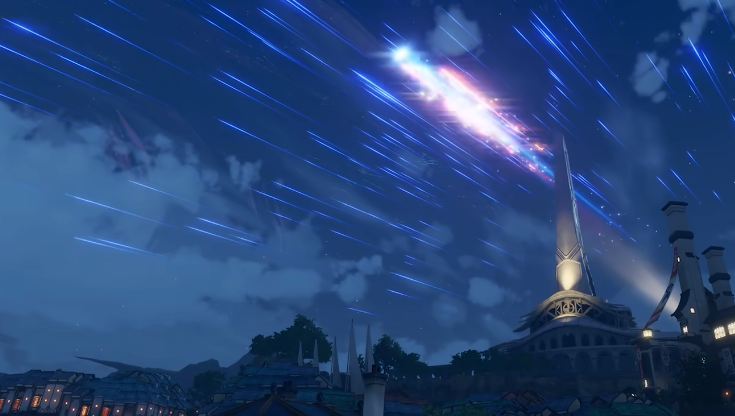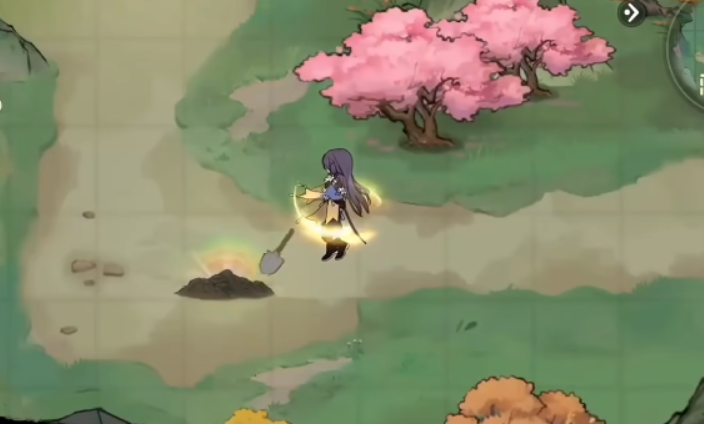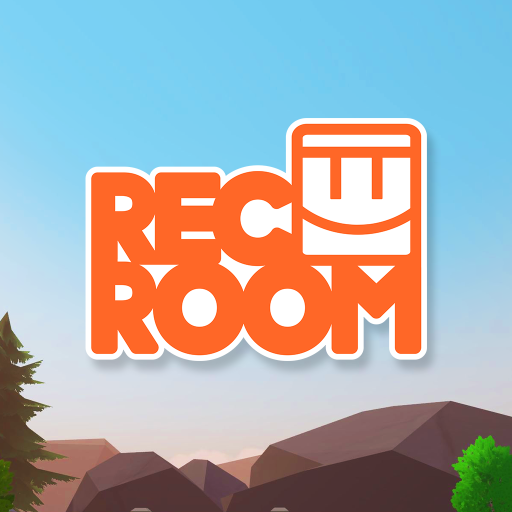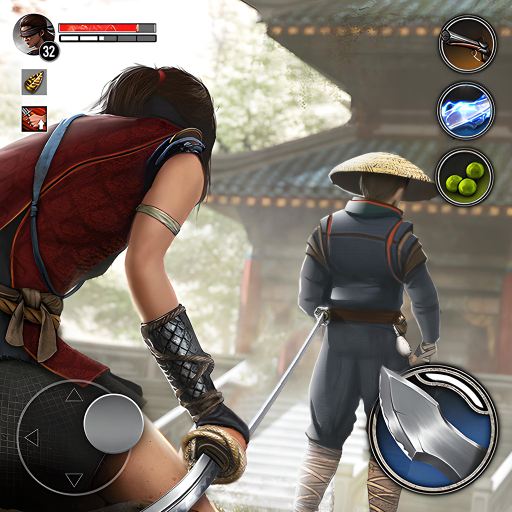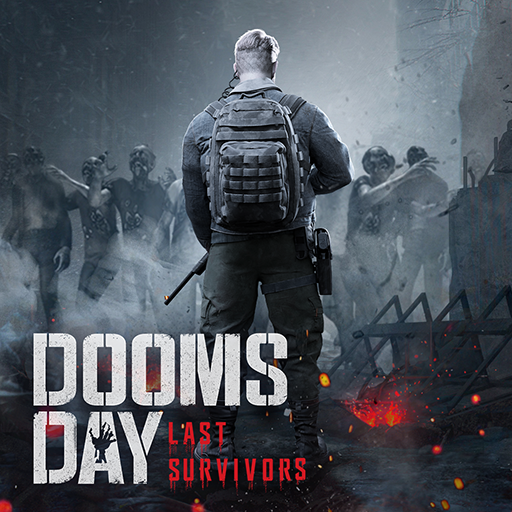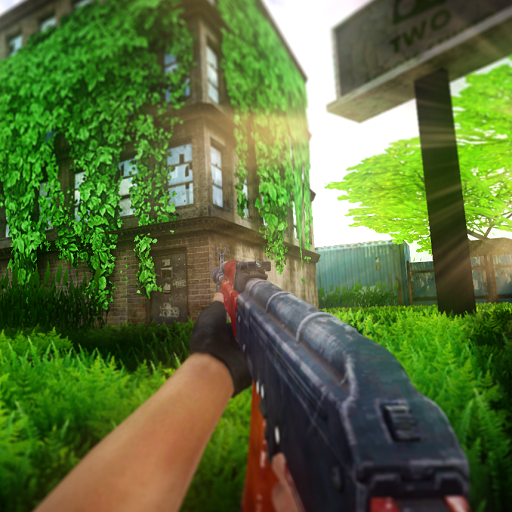Today, the editor brings you a guide to the Seven Day World, ingeniously blending diverse gameplay elements such as building, survival, and exploration, creating an incredibly immersive post-apocalyptic world. The exquisite gun models, with every detail showcasing quality, seem to allow players to truly feel the weight and texture of the weapons. And that vast, boundless world map is full of endless mystery and challenges, attracting countless players to dive in and embark on a thrilling adventure. Let's take a look together with the editor.
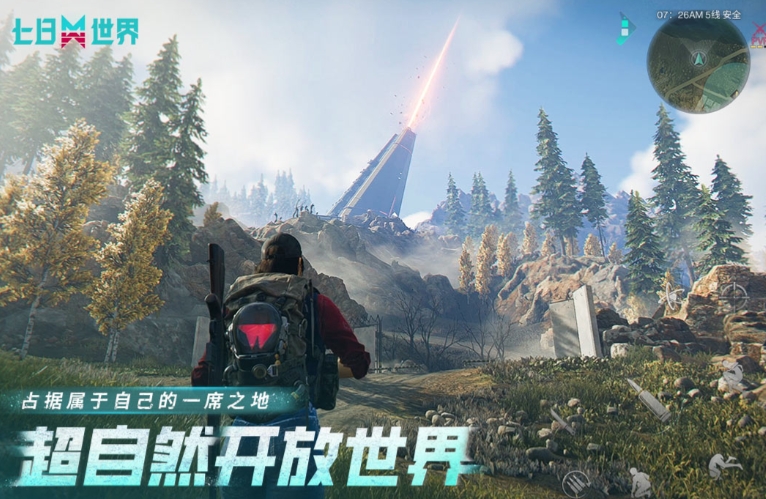
Upon entering the game, players will find themselves in a randomly generated wasteland, surrounded by possibly ruined city ruins, desolate fields, or eerie forests. The primary task is to familiarize oneself with the surrounding environment, marking potential resource points on the mini-map, such as water sources, woods, and buildings. At the same time, the core objective is to overcome numerous difficulties and strive to survive within the seven-day cycle of the game. During exploration, if wild animals are encountered, they can be hunted using self-made weapons for meat. Wild fruits and vegetables are scattered everywhere, but one must carefully distinguish them to avoid eating toxic varieties. Meat needs to be thoroughly cooked to prevent food poisoning, and cooking tools can be made by collecting materials. Water is the source of life, and rivers, lakes, and puddles are sources of raw water, but drinking it directly without treatment can easily lead to illness. A simple water purifier can be made, or the raw water can be boiled over a fire to ensure safe drinking and maintain physical strength.

The ideal location should consider multiple factors: high ground can prevent floods and mudslides, a wide field of view is conducive to observing enemy movements, and proximity to water sources can solve daily water needs. Mountain tops, highlands by the river, and the second floor of abandoned buildings are all good choices. Starting from a simple tent, as resources accumulate, gradually upgrade to a sturdy wooden house, stone house, or even a concrete fortress. Reasonably divide the internal space, store supplies in the storage area, place sleeping bags in the rest area to restore energy, and use the work area for making and repairing items, ensuring an orderly life.
Around the shelter, it is far from peaceful, and setting up defensive fortifications is urgent. Digging moats to block zombies, setting up spike traps and caltrops to make enemies struggle, building watchtowers equipped with long-range weapons, and monitoring the surroundings at all times to build an impregnable defense.

In multiplayer mode, the power of the team is limitless. Before battle, roles are divided, with gatherers, builders, and combatants each performing their own duties. During combat, they coordinate, providing cover fire for teammates, and injured teammates promptly retreat for treatment. Voice communication ensures smooth information flow, forming an unbreakable combat alliance. In multiplayer games, alliances are a powerful backing. Like-minded individuals form alliances, jointly guarding strongholds and seizing rare resources. Facing external enemies, they stand united, writing legends of the apocalypse with unity and wisdom. Players can collect scattered skill books in the game, complete specific adventure tasks, and gradually unlock practical skills such as carpentry, blacksmithing, and medical care. With these skills, resource collection becomes more efficient, and crafting fine equipment can be crucial for saving lives in critical moments.
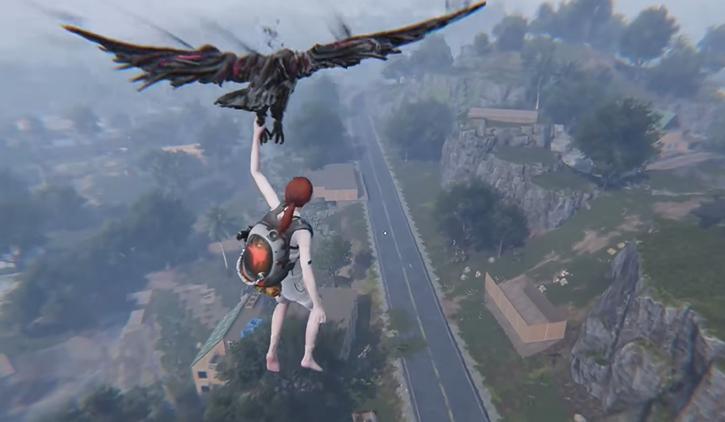
The editor has finished introducing the content of the Seven Day World guide. Given the extremely high realism of this game, its health system is uniquely designed. Players must remember one thing: before having a full set of protective gear, try to avoid heavily polluted areas to prevent adverse effects on their health, which could pose hidden dangers for future survival.
